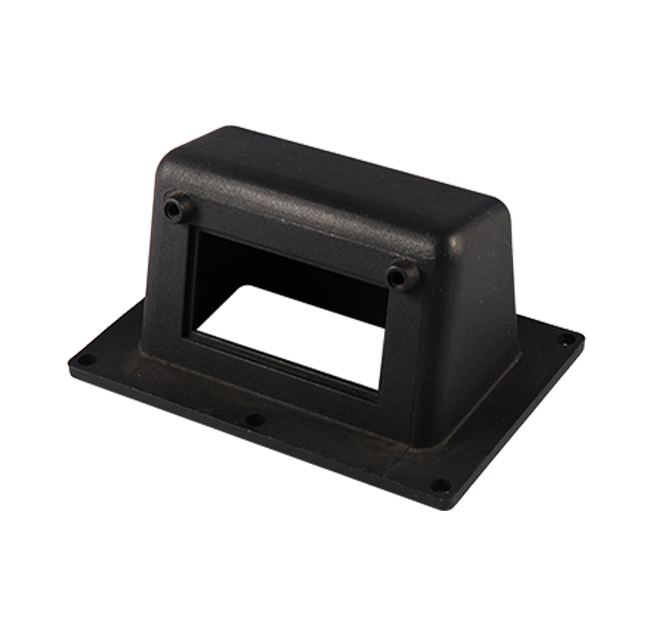Time:2025-06-23 Views:0 source:CNC Machining customization source:CNC Machining news

Plastic mold machining is a subtractive manufacturing process that involves using CNC machines (e.g., milling machines, lathes, EDM machines) to remove material from a solid block (typically steel or aluminum) to create the mold’s cavity and core. This stage focuses on precision and surface finish, as even minor errors can affect part quality. Machining operations may include roughing (removing bulk material), semi-finishing, and finishing (achieving tight tolerances and smooth surfaces). EDM (Electrical Discharge Machining) is often used for intricate features or hard materials, where a tool electrode shapes the mold through electrical discharges. Machining requires detailed CAD models and skilled programmers to ensure the mold matches the design specifications. While critical, machining is just one step in the broader mold-making process.
Mold Manufacturing
Mold manufacturing is a comprehensive process that encompasses all stages from design to final testing. It begins with concept development and CAD design, where engineers optimize the mold for part geometry, material flow, and cooling efficiency. Next, materials are selected (e.g., H13 tool steel for high-temperature applications), and the mold is machined, assembled, and heat-treated to enhance durability. Additional processes like polishing, texturing, and coating (e.g., PVD for corrosion resistance) may be applied. After assembly, the mold undergoes trial runs (try-outs) to test part quality, adjust ejector pins, and optimize cooling channels. Mold maintenance protocols are also established to extend lifespan. Unlike machining, manufacturing involves project management, quality control, and cross-functional collaboration between designers, machinists, and technicians.
Key Distinctions
Scope: Machining is a subset of manufacturing, focusing on material removal; manufacturing includes design, material selection, assembly, and testing.
Skills Required: Machining demands expertise in CNC programming and tooling; manufacturing requires broader knowledge of mold design principles, material science, and production logistics.
Output: Machining produces individual mold components; manufacturing delivers a fully functional, tested mold ready for production.
Cost Drivers: Machining costs depend on material, complexity, and machine time; manufacturing costs include design fees, heat treatment, and quality assurance.
Which Is More Expensive: Die Casting Molds or Injection Molding Molds?
The cost comparison between die casting molds and injection molding molds depends on multiple factors, but die casting molds generally have higher upfront costs.
Die Casting Molds
Die casting molds (dies) are constructed from high-strength, heat-resistant tool steels (e.g., H11, H13) to withstand extreme temperatures (molten metal can reach 600–1,100°C) and pressures (up to 15,000 PSI). The complexity of dies, including slide mechanisms for undercuts and cooling channels, requires advanced machining techniques like 5-axis CNC milling and EDM. Heat treatment processes, such as quenching and tempering, are critical to prevent die wear and cracking, adding to costs. For example, a medium-sized die for an automotive component might cost $50,000–$200,000, with large, highly complex dies (e.g., for engine blocks) exceeding $1 million. Dies also have longer lead times (12–20 weeks) due to the intricacy of construction and heat treatment cycles.
Read recommendations:
Sealing ring Precision electronic parts
Housing components for recessed downlights Precision electronic parts
Oval Magnetic Hardware Precision electronic parts
CNC Machining Dimension Accuracy
CNC processing factory - Meeting customers' strict requirements for precision